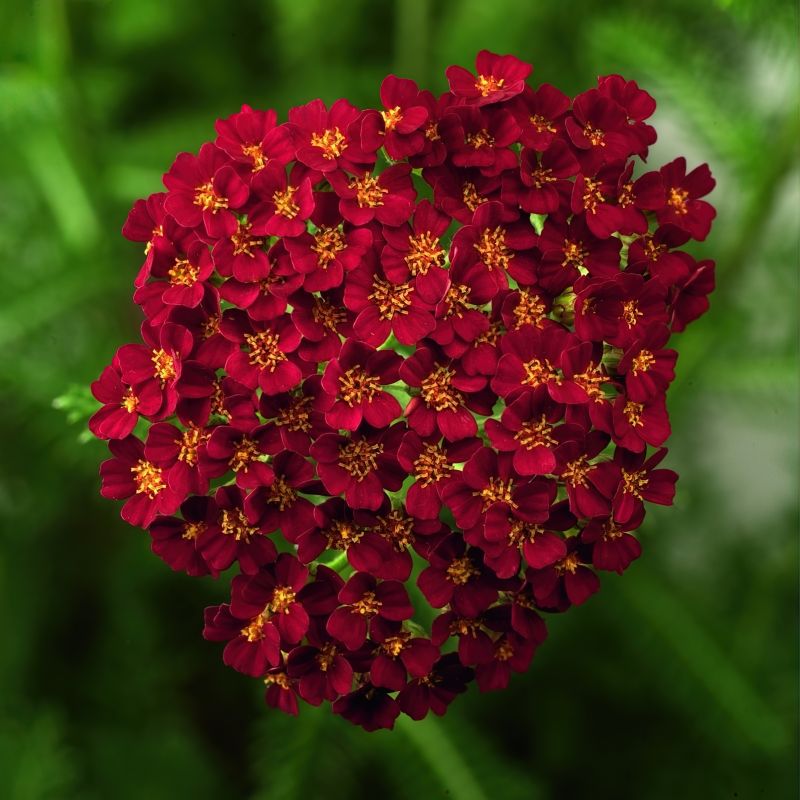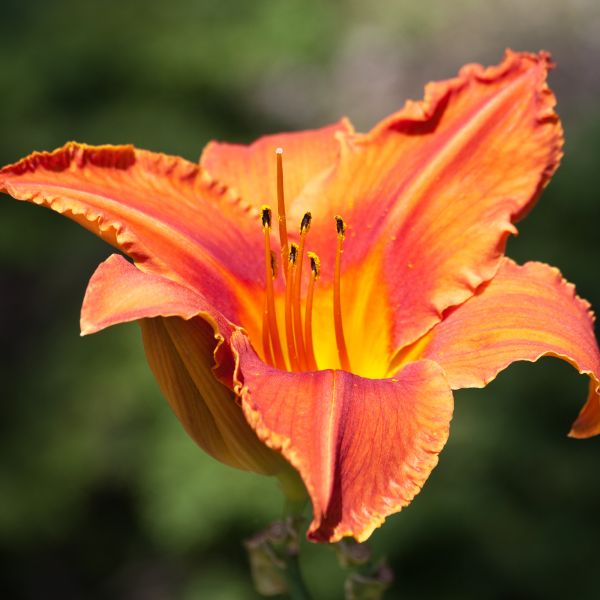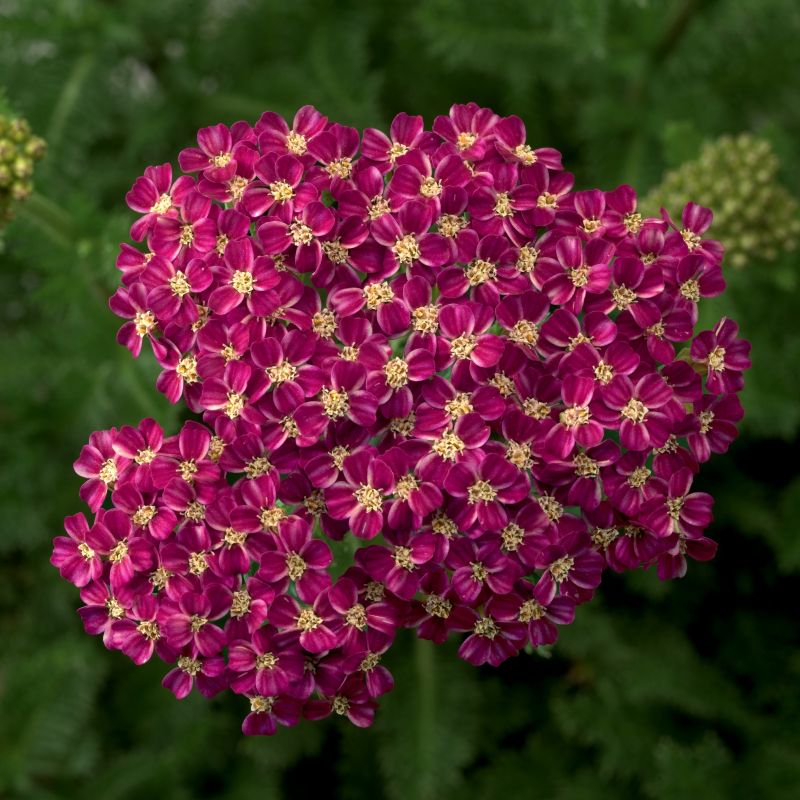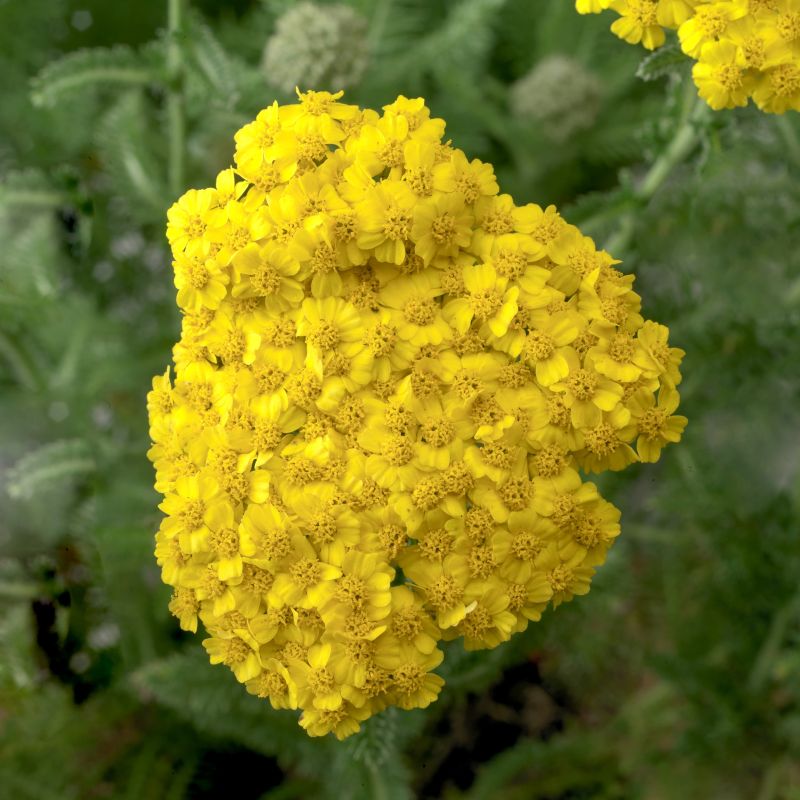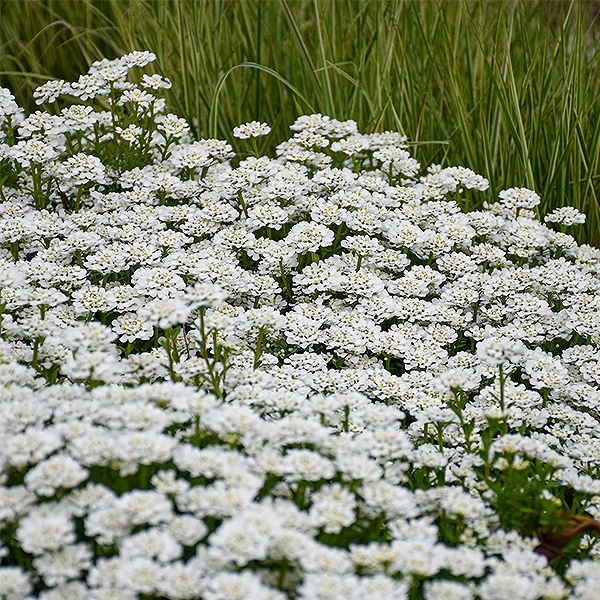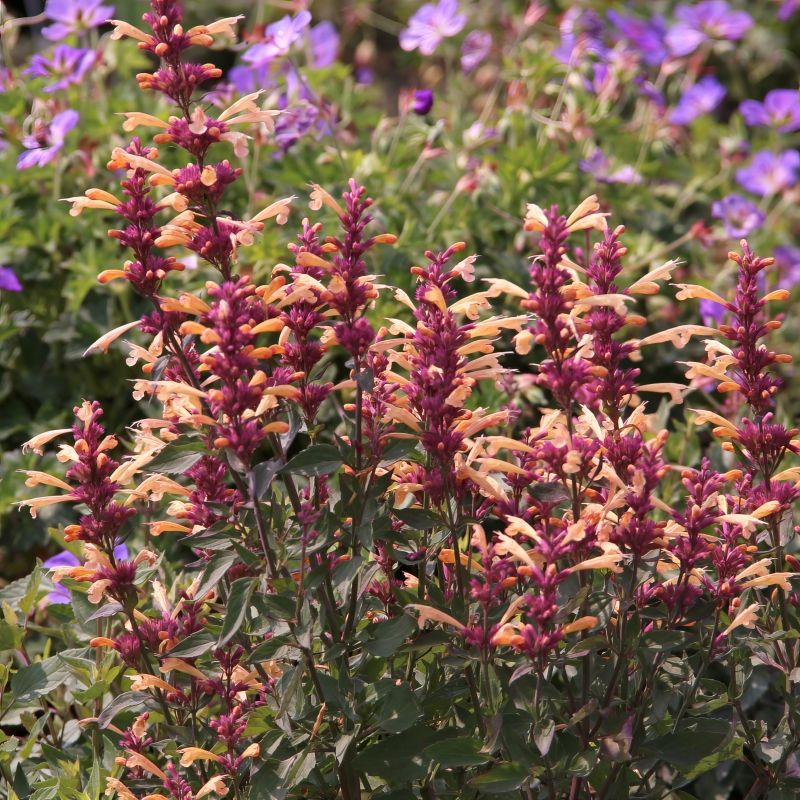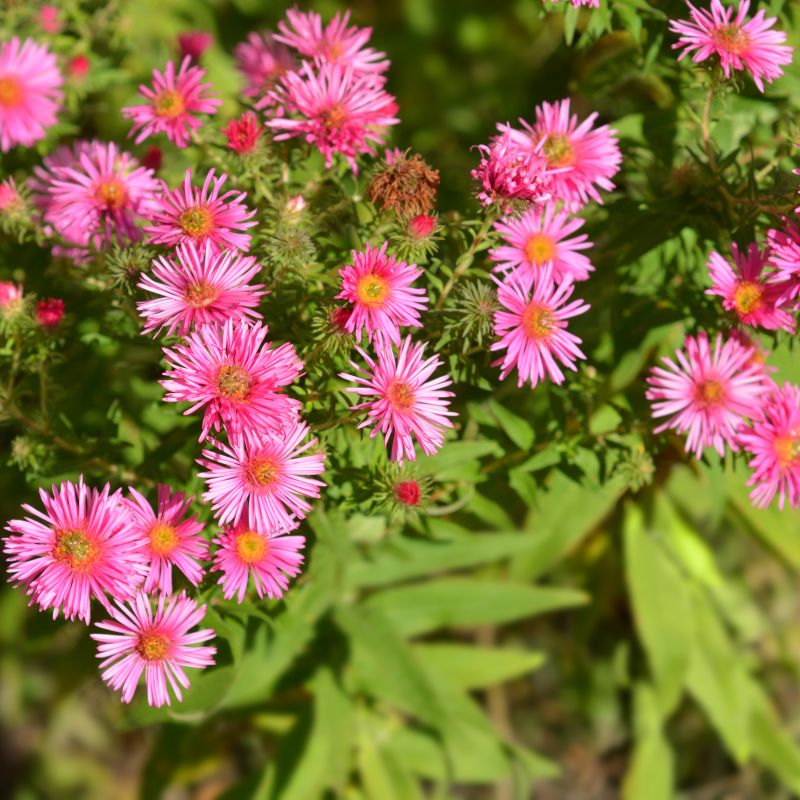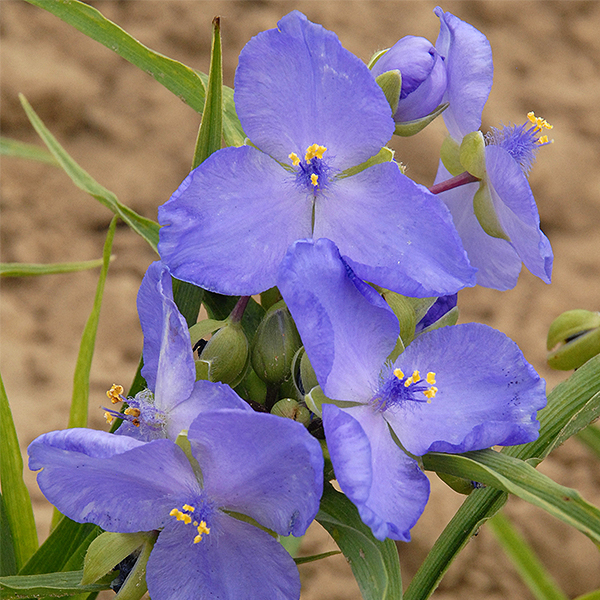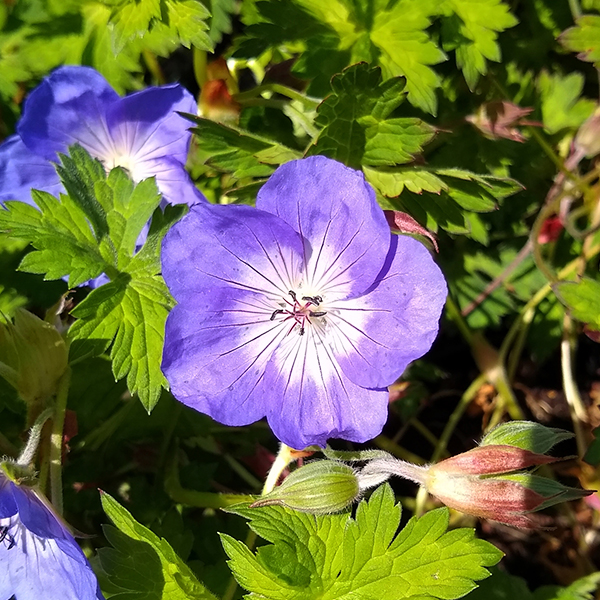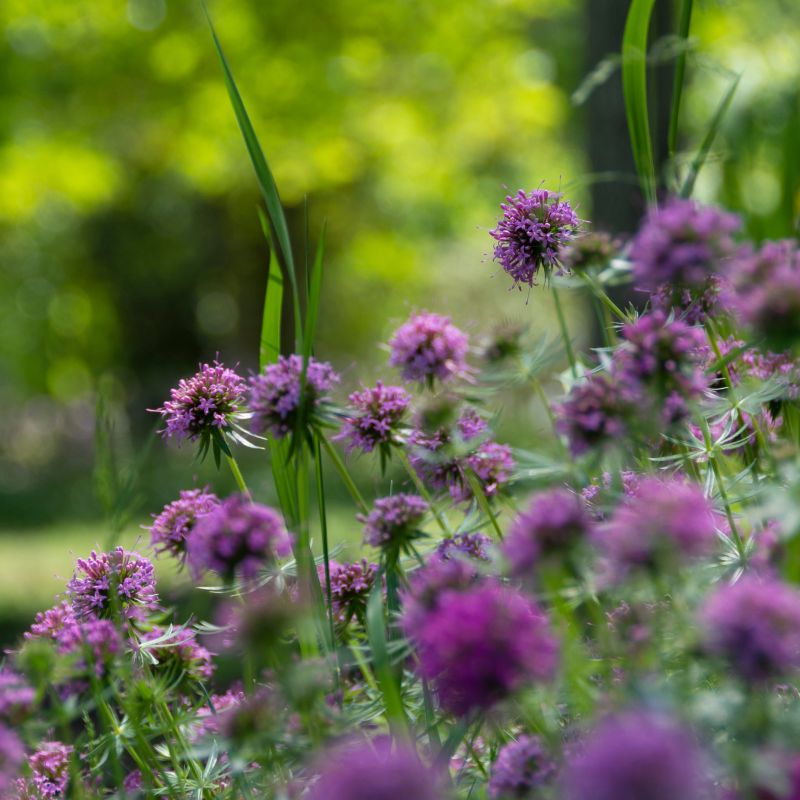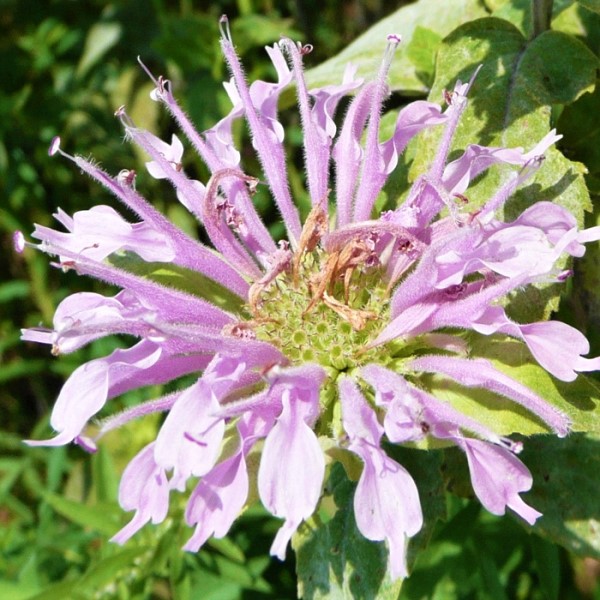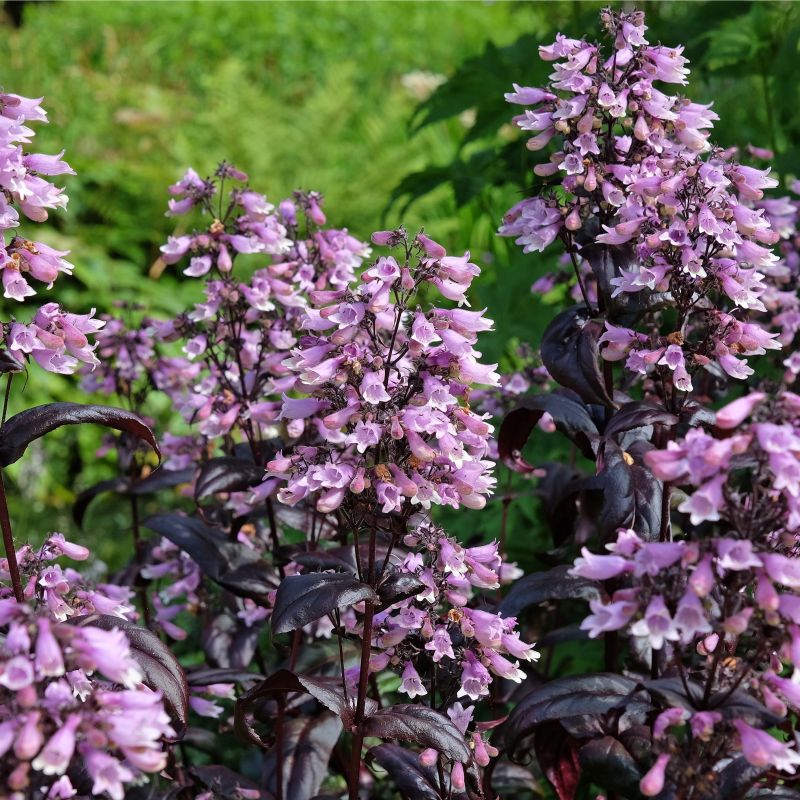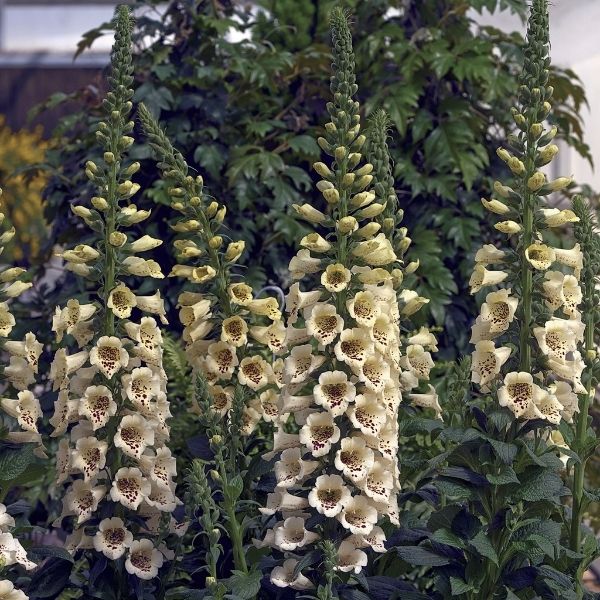
Camelot Cream Foxglove
Digitalis x 'Camelot Cream'
46 reviews
Camelot Cream Foxglove
Digitalis x 'Camelot Cream'
46 reviews
- 1 Gallon
- Premium 1 Gallon
We are sorry, product is currently out of stock due to seasonal availability. Please check the "Related plants available in your area" section below
Not just beautiful - intentionally selected by ShrubHub's 3D landscape design team to fit real-world spaces and maximize yard potential.
Why Camelot Cream Foxglove?
Camelot Cream Foxglove is a stunning hybrid variety that stands out in any garden with its unique cream-colored flowers. This biennial plant belongs to the Digitalis family and can grow up to 4 feet tall. It blooms during the summer season, attracting bees and butterflies to its fragrant blooms. This low-maintenance plant is ideal for borders, woodland gardens, and mixed beds. However, it's important to note that all parts of the plant are toxic if ingested, so it should be kept away from children and pets.
Related plants available in your area
Sunlight
Camelot Cream Foxglove requires full to partial sunlight, preferably in the morning or afternoon. It thrives in areas with at least 4-6 hours of direct sunlight each day to ensure healthy growth and blooming.
Watering
The watering requirement for Camelot Cream Foxglove is moderate. It should be watered regularly, allowing the soil to dry slightly between watering sessions. Overwatering should be avoided to prevent root rot, while ensuring the plant receives enough moist
Fertilizing
Camelot Cream Foxglove benefits from regular fertilization with a balanced, slow-release fertilizer. Provide it with nutrients high in phosphorus and potassium to support healthy growth and abundant flowering.
Embark on a magical journey into a fairytale garden where the enchanting Camelot Cream Foxglove reigns supreme. This botanical gem, whether as a biennial or a short-lived perennial, graces the landscape with its elegant, spire-like flower spikes. Each spike bears creamy-white blossoms, adorned with delicate specks of maroon within their throats, like enchanting jewels adorning a royal crown.
The Camelot Cream Foxglove has won the hearts of gardeners far and wide, thanks to its architectural beauty and towering presence. It thrives under the dappled sunlight or full sun while reveling in well-drained soil. With its stately appearance, it's akin to the knight in shining armor guarding the back of borders or taking center stage as the focal point in cottage-style gardens.
But this foxglove isn't just a garden aristocrat; it's also a pollinator's paradise, beckoning bees and hummingbirds with its beguiling charms. Its presence adds a touch of whimsy and sophistication to your garden, as though you've stepped into a scene from a medieval tale, where the garden itself becomes a character in the story.
Forge your garden legend with the Camelot Cream Foxglove. Let its regal appearance and timeless beauty transform your garden into a place of wonder and enchantment, where every visit feels like a magical adventure in a realm of botanical splendor.
Plant Information:
| Botanical Name: | Digitalis x 'Camelot Cream' |
| USDA Zones: | 4 - 8 |
| Water: | Medium |
| Exposure: | Full Sun |
| Soil Needs: | Well Drained |
| Mature Height: | 3 - 4 feet |
| Mature Spread: | 18 - 24 inches |






Pollination Info
Pollination Info for Camelot Cream Foxglove
The Camelot Cream Foxglove (Digitalis x 'Camelot Cream') is a hybrid of two different species of foxglove - Digitalis purpurea and Digitalis grandiflora. As a result, the plant is sterile and unable to produce seeds. However, it is capable of producing viable pollen.
The Camelot Cream Foxglove is primarily pollinated by bees and other insects, which are attracted to the plant's nectar-rich flowers. The flowers are tubular in shape and have a distinctive spotted pattern on the inside of the petals, which serves as a visual cue for pollinators.
When a pollinator lands on the flower, it must crawl deep inside the tube to reach the nectar. As it does so, it brushes against the anthers, which are located at the top of the tube. This transfer pollen to the pollinator's body, which it may then carry to another flower of the same species in order to pollinate it.
Overall, the pollination of the Camelot Cream Foxglove is crucial to the survival of the species, as it allows for genetic diversity and the production of new hybrids.
FAQ
Camelot Cream Foxglove FAQ
What is Camelot Cream Foxglove?
Camelot Cream Foxglove is a hybrid variety of Foxglove plant (Digitalis purpurea), scientifically known as Digitalis x 'Camelot Cream'. It is a biennial or short-lived perennial plant that is native to Europe.
What are the characteristics of Camelot Cream Foxglove?
Camelot Cream Foxglove has attractive creamy-white flowers with spotted throats that bloom in mid-late spring. The flowers are held on long spikes that can grow up to 3 feet tall. The plant has a compact growth habit and can reach a height of 24-36 inches and a spread of 12-18 inches. The foliage is dark green and forms a rosette of leaves at the base of the plant.
How do I grow Camelot Cream Foxglove?
Camelot Cream Foxglove prefers partial shade to full sun and well-drained soil. It grows best in fertile, moist soil that is rich in organic matter. The plant is hardy in zones 4-8 and can be grown from seeds or purchased as seedlings. Sow the seeds in late spring or early summer, or start them indoors 8-10 weeks before the last expected frost date. Water the plant regularly to keep the soil moist and fertilize it with a balanced fertilizer every 4-6 weeks.
Is Camelot Cream Foxglove poisonous?
Yes, Camelot Cream Foxglove is poisonous if ingested. All parts of the plant, especially the leaves, contain cardiac glycosides that can cause heart palpitations, nausea, and vomiting. It is important to keep the plant away from children and pets and to handle it with gloves to avoid skin irritation.
What are the common pests and diseases of Camelot Cream Foxglove?
Camelot Cream Foxglove is susceptible to aphids, slugs, and snails. It may also be affected by fungal diseases such as powdery mildew, leaf spot, and root rot. To prevent these problems, keep the plant well-ventilated, avoid overcrowding, and remove dead or diseased plant material as soon as possible. You can also use insecticidal soap or organic pesticides to control pests, and fungicides to control diseases.
How do I propagate Camelot Cream Foxglove?
You can propagate Camelot Cream Foxglove by collecting seeds from mature plants and sowing them in the garden or in pots. Alternatively, you can propagate the plant by dividing the clumps in the spring or fall. Dig up the plant and separate the individual rosettes, making sure that each division has a healthy root system. Replant the divisions at the same depth as they were previously growing and water them well.
Can I use Camelot Cream Foxglove in cut flower arrangements?
Yes, Camelot Cream Foxglove can be used in cut flower arrangements. However, you should be careful when handling the plant, as it is poisonous. Wear gloves and wash your hands thoroughly after handling the flowers or foliage. Also, be aware that the flowers may wilt quickly once cut, so it is best to use them in arrangements as soon as possible.
Can I grow Camelot Cream Foxglove in containers?
Yes, Camelot Cream Foxglove can be grown in containers. However, it is important to choose a pot that is at least 12-18 inches deep and wide, to allow the plant to develop a strong root system. Use a well-draining potting mix and water the plant regularly to keep the soil moist. Fertilize the plant every 4-6 weeks with a balanced fertilizer, and be sure to provide adequate sunlight or partial shade.
What are some companion plants for Camelot Cream Foxglove?
Some good companion plants for Camelot Cream Foxglove include Hostas, Ferns, Astilbe, Heuchera, and Bleeding Hearts. These plants have similar growing requirements and can add a contrasting color and texture to your garden.
Planting & Care
Planting and Care for Camelot Cream Foxglove (Digitalis x 'Camelot Cream')
Camelot Cream Foxglove is a beautiful, biennial plant that produces tall spikes of creamy yellow flowers. Here are some tips on how to plant and care for this stunning plant:
Planting
- Choose a location that receives partial shade with well-draining soil.
- Sow the seeds in the spring or early summer directly into the garden bed, about 1/4 inch deep and 12 inches apart.
- Keep the soil moist until the seeds germinate, which should occur in 2 to 3 weeks.
Care
- Water regularly to keep the soil moist but not waterlogged.
- Apply a balanced, water-soluble fertilizer every 4 to 6 weeks during the growing season.
- Deadhead spent blooms regularly to encourage additional blooming.
- Protect the plants from strong winds by planting near a wall or using stakes to support the stalks.
- Watch for pests such as aphids or spider mites, and apply an organic insecticide if necessary.
- After the second year, Camelot Cream Foxglove will begin to die off. However, it will self-seed and new plants will take its place.
By following these simple tips, you can enjoy the beauty of Camelot Cream Foxglove in your garden for years to come!
Check Out These Verified Customer Reviews:
Customer Reviews
4.7 out of 5 based on 46 reviews
Thank you! Your review has been submitted.
The Foxglove was well-packaged and arrived in excellent condition. It's a beautiful plant that exceeded my expectations.
The Camelot Cream Foxglove is a beautiful addition to my garden. The flowers are stunning and the plant arrived in perfect condition. Website was easy to navigate and shipping was quick.
I contacted customer service with a question and they were very helpful and responsive. Great experience overall.
Item has been added to your cart.



